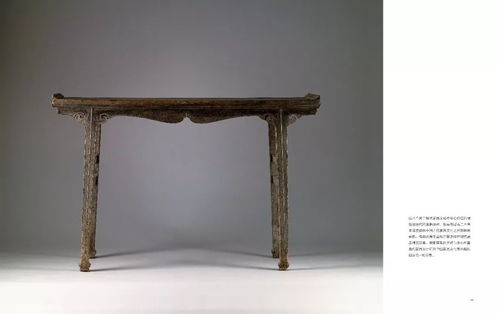家具英文
- 问答
- 2024-05-03
- 1009
Title: Mastering Furniture Terminology: Essential English Phrases
Mastering Furniture Terminology: Essential English Phrases
Whether you're a furniture enthusiast, a design professional, or simply looking to enhance your English vocabulary, understanding furniture terminology is essential. Here's a comprehensive guide to help you navigate the world of furniture with ease.
Understanding the various types of furniture is crucial for effective communication:
- Chair: A piece of furniture designed for seating one person, typically with a backrest and four legs.
- Table: A flat surface supported by legs, used for various activities such as eating, working, or playing games.
- Sofa: A long upholstered seat with a back and arms, designed to accommodate multiple people.
- Bed: A piece of furniture for sleeping, consisting of a mattress supported by a frame, often with a headboard.
- Desk: A piece of furniture with a flat or sloped surface for writing, typing, or other tasks, often accompanied by drawers or compartments.
Knowing the materials used in furniture construction helps in assessing quality and durability:
- Wood: Common types include oak, pine, maple, and mahogany.
- Metal: Steel, iron, and aluminum are frequently used for frames and legs.
- Upholstery: Fabrics such as cotton, linen, leather, and polyester are used for covering sofas, chairs, and cushions.
- Composite Materials: Plywood, particleboard, and MDF (mediumdensity fiberboard) are often used in furniture construction.
Recognizing different furniture styles helps in articulating preferences and understanding design concepts:
- Traditional: Characterized by ornate details, curved lines, and rich wood finishes, often inspired by historical periods like Victorian or Baroque.
- Modern: Clean lines, minimal ornamentation, and use of materials like glass and steel define modern furniture design.
- Contemporary: Current and evolving styles that reflect presentday trends, often combining elements from various design movements.
- MidCentury Modern: Furniture design popularized in the mid20th century, featuring sleek lines, organic shapes, and functional forms.
- Industrial: Utilitarian designs inspired by factories and warehouses, often incorporating raw materials like exposed brick, metal, and reclaimed wood.
Describing furniture functions is essential for specifying needs and preferences:
- Convertible: Furniture that can be transformed or adjusted to serve different purposes, such as sofa beds or extendable tables.
- Storage: Furniture with builtin compartments or drawers for organizing items, like storage beds or cabinets.
- Ergonomic: Furniture designed for optimal comfort and efficiency, often with adjustable features to support posture and reduce strain.
- Modular: Furniture composed of independent units that can be rearranged or combined in various configurations to suit changing needs.
Accessories complement and enhance the functionality or aesthetics of furniture:
- Cushions: Padded or upholstered accessories for added comfort on chairs, sofas, or beds.
- Throws: Decorative blankets or covers used to add warmth and style to sofas or chairs.
- Rugs: Textile floor coverings that define and anchor seating areas or dining spaces.
- Lamps: Lighting fixtures placed on tables or floors to provide ambient or task lighting.
- Artwork: Paintings, sculptures, or decorative pieces displayed on walls or shelves to enhance visual appeal.

By familiarizing yourself with these essential furniture terms and phrases, you'll be better equipped to communicate effectively, make informed purchasing decisions, and appreciate the artistry and craftsmanship of furniture design.